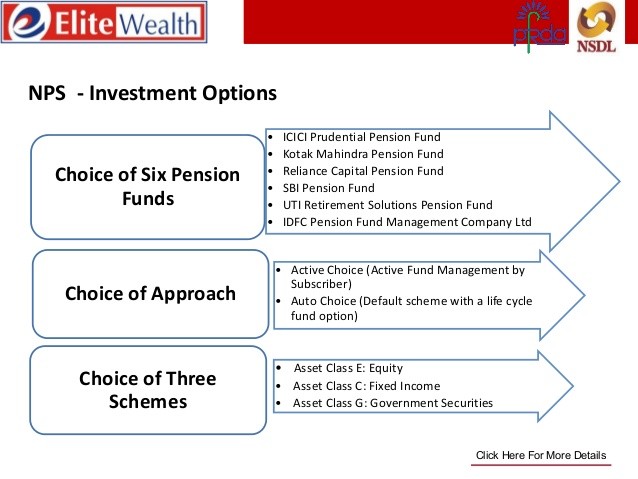Four Tips for Retirement Investing
Post on: 30 Июнь, 2015 No Comment

Retirement should mean more time to relax, not worry. Photo credit: Guillermo Murcia/Getty Images.
Retirement: the word strikes both joy and fear in the hearts of many long-term investors. Joy over the possibilities of post-working life: traveling, pursuing new hobbies and/or spending more time with family and friends. Fear due to all the unknowns: How much should I be saving? ; Will I have enough to retire when I want? ; What if I run out of money during retirement? The media exacerbates the fear with headlines screaming how unprepared Americans are for their golden years. But retirement investment neednt intimidate. Now, ask most financial professionals how to prepare, and youll probably get a clich answerSave More! But here are four less-often-shared tips to get you startedtips equally applicable if youre far from retirement or already in it.
Interested in market analysis for your portfolio? Our latest report looks at key stock market drivers including market, political, and economic factors. Click Here for More!
Tip 1: Identify Your Goals and Time Horizon
Retirement means different things to different people, so the first thing you should do is identify your long-term goals. What do you need your money to accomplish for you? Most investors goals will fall into one of three buckets:
- Growth. Increasing your portfolios value
- Cash Flow. The money youll take from your portfolio to meet your expenses
- Some mix of growth and cash flow
Your personal circumstances will determine the degree of growth and/or cash flow appropriate to reach your objectives, but knowing your goals will also define your time horizon how long your assets need to work for you. This doesnt end at retirement. Maybe not even your passing! Consider your life expectancy, your spouses life expectancy and what you want any leftover funds to do when you and your spouse are gone.
Tip 2: Project Your Cash Flow
Even if youre far from retirement, anticipating future expenses will play a big part in calculating your cash flow. Drill down into your finances periodically. Id recommend to first identify your fixed costs (a fixed-rate mortgage) versus variable (utility bills, etc.). Use averages for variable coststhe longer the period you average, the better. A lot of online banking platformsincluding most from the big, tech-savvy bankscan sort and filter to help you.
Next, identify which costs are discretionary. This flexibility can help if you need to make on-the-fly adjustments to spending if an unanticipated bill pops up, or if market results arent great. Keeping this written list updated and sharing it with your adviser may be handy. (Particularly after retirement.)
You now know your current state. Next, project what will change in retirement. Granted, this is harder for a 30-year old compared to someone five years from retirementbecause so many variables shiftbut its a guideline, not a perfect projection. The closer you get, the clearer it becomes. When retirement approaches, you will likely have some view of what will be paid off, other income sources you have and your post-retirement expenses. Dont forget: Expenses change as you age. A 32-year-olds bills likely differ greatly from an 82-year-olds.
Tip 3: Have Realistic Assumptions About the Risk Your Cash Flows Pose
Cash flow expectations will also impact your portfolios ability to meet your personal goals. Armed with your estimate of needed cash flow, divide it by various percentages to come up with a portfolio size capable of generating that cash flow. Exhibit 1 shows a hypothetical example of $80,000 cash flows across four illustrative withdrawal rates ranging from modest to quite high.
Exhibit 1: Reverse-Calculated Principal to Generate $80,000
Then I recommend stress-testing those withdrawal rates using real market results. Monte Carlo simulations or bootstrap Monte Carlo simulations are good tools here. These are mathematical tools developed in thermonuclear physics that combine thousands of investment results across various mixes of stocks and bonds. I took the portfolio values above and ran a bootstrap Monte Carlo simulation. There are 2,500 different combinations of results, averaged in Exhibit 2. The results show what should be obviouslower withdrawals pose less risk you run out of money. But perhaps counterintuitively to some, they also show that adding in stocks can mitigate the risk of depletion!
Exhibit 2: Probability Your Savings Last 20 Years in Various Allocations*
Source: Global Financial Data, Inc. as of 12/31/2013.
Tip 4: Ditch the Myth That Retirees Should Be Conservative
That last point is why you should not wed yourself to the myth that the closer you get to retirement, the fewer stocks you should own. Holding more cash and bonds may reduce short-term volatility, but in the long run, it can increase the risk of depleting your portfolio. Considering many investors have a long time horizonperhaps even longer than they believemaintaining stock exposure may be necessary to reach your goals. There is no holy grail of high-returning, low-risk investments (those are scams). Every asset class and investment has trade-offs, and it is crucial to understand them.
In my view, retirements arrival should be celebrated, not feared. By preparing nowno matter what stage of life youre inyou can make sure your golden years dont lose their luster. Oh, I almost forgotand Save More!
*Probability calculated using bootstrap re-sampling, a type of Monte Carlo simulation, a technique which allows for random sampling of historical stock, bond and cash returns while incorporating historical inflation. The simulation takes 2500 iterations of 20-year historical periods and uses them to calculate averages. This statistical method is non-linear and allows for the assignment of probabilities to various outcomes.
Like what you read? Interested in market analysis for your portfolio? Why not download our in-depth analysis of current investing conditions and our forecast for the period ahead. Our latest report looks at key stock market drivers including market, political, and economic factors. Click Here for More!














